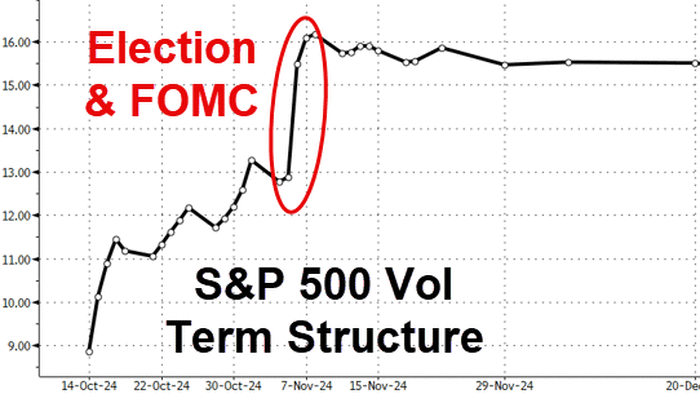This week in financial markets has seen a temporary reduction in volatility compared to recent events, though significant moves are still anticipated. Tony Pasquariello, the head of hedge fund coverage at Goldman Sachs, notes that China continues to engage in fiscal policy maneuvers, hinting at further surprises in the near future. Additionally, the Reserve Bank of New Zealand (RBNZ) has initiated a 50 basis points cut, indicating a continued trend of central banks adjusting their monetary policies in response to current economic conditions. These developments contribute to the ongoing narrative of market uncertainty as stakeholders remain alert for any fiscal stimuli from China.
Over the past few months, the financial landscape has experienced significant fluctuations in narrative and performance. The summer began with a notable surge, often referred to as a blowoff top, particularly in technology stocks during July. This fevered peak was followed by a chaotic introduction to August, marked by a Value-at-Risk (VAR) shock that sent ripples through the investment community. Investors navigated through sharp adjustments, creating an atmosphere of anxiety and unpredictability as traders recalibrated their positions against sluggish growth and changing economic signals. This period of upheaval has been punctuated by larger movements across various sectors in response to shifting fiscal policies.
September ushered in a central bank bonanza, where major global banks, including the U.S. Federal Reserve, made key decisions that transformed the market narrative once again. Policymakers attempted to steer economies through the lingering effects of pandemic-era disruptions, inflation pressures, and sluggish growth. The consequent reactions in financial markets painted a mixed picture, revealing disparity between sectors such as technology and small-cap stocks. The Nasdaq-100 (NDX) has shown a notable 4% increase post-Fed discussions, while the Russell 2000 (RTY) fell by 1%, illustrating how varied interpretations of central bank policies have affected different segments of the market.
As the dust settled from the central banks’ interventions, the subsequent weeks have portrayed a tapestry of mixed performances across indices. The disconnect between growth and value stocks has emphasized existing volatility while steering discussions about where investors should focus their resources amid uncertainty. The ongoing adjustments based on monetary policy signals and economic indicators highlight how markets are attempting to strike a balance between growth prospects and the impact of inflation. Notably, technology remains a focal point for recovery amid doubts about broad economic upturns.
Investors are faced with the challenge of navigating these volatile waters, as potential opportunities arise alongside considerable risks. Understanding the intricate dynamics at play—especially those affected by geopolitical developments, inflationary trends, and changes in consumer behavior—will be critical for making informed investment decisions. As fiscal strategies continue to evolve, particularly in major economies like China, real-time assessments of market signals will remain paramount. The rapid pace of changes requires continual vigilance from market participants to stay ahead of emerging trends and opportunities amidst turbulence.
Overall, this week may seem quieter, but the underlying currents of financial markets remain deeply intertwined with policy decisions and macroeconomic indicators. As observers await further fiscal maneuvers and central bank announcements, the burgeoning chasm between sectors could define market trajectories moving forward. Stakeholders must remain adaptable and informed as they confront an environment shaped by shifting policies and their corresponding effects on various asset classes. Whether through imminent surprises from global powers like China or continued adjustments from central banks, the story of the market is far from settled as participants work to interpret a multifaceted and dynamic landscape.

